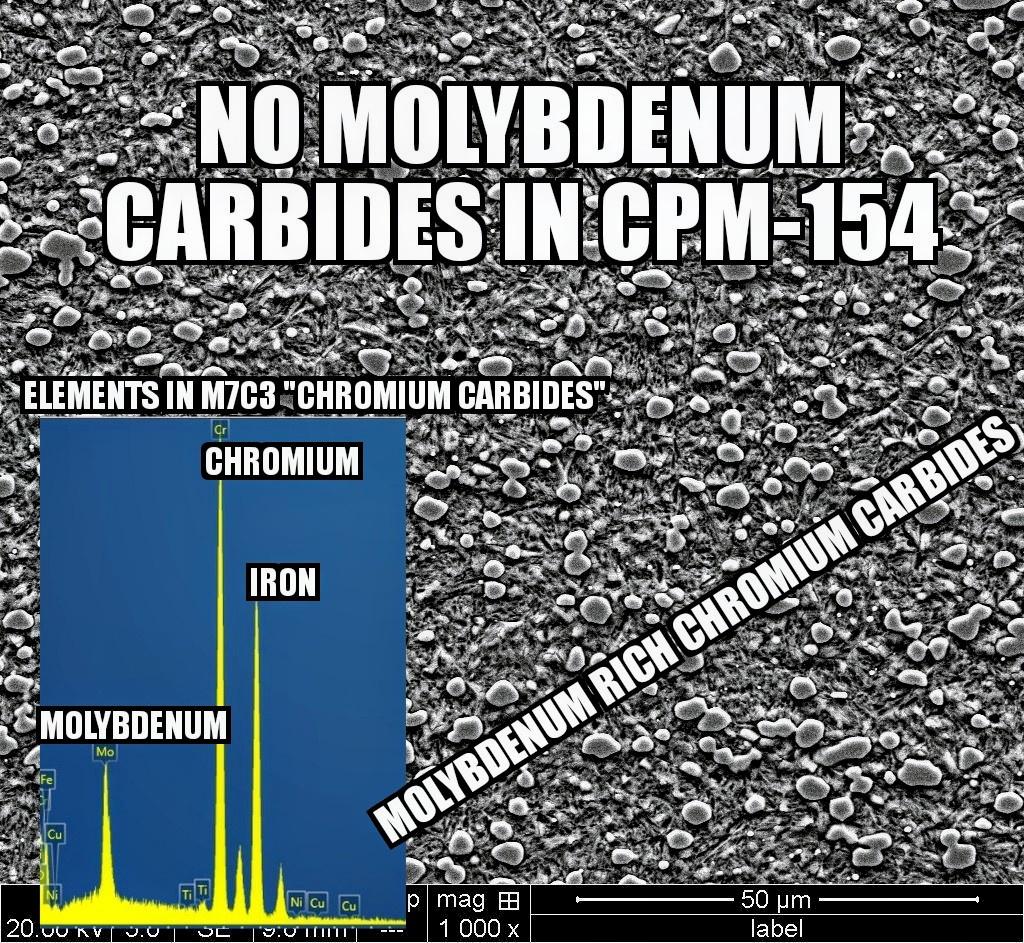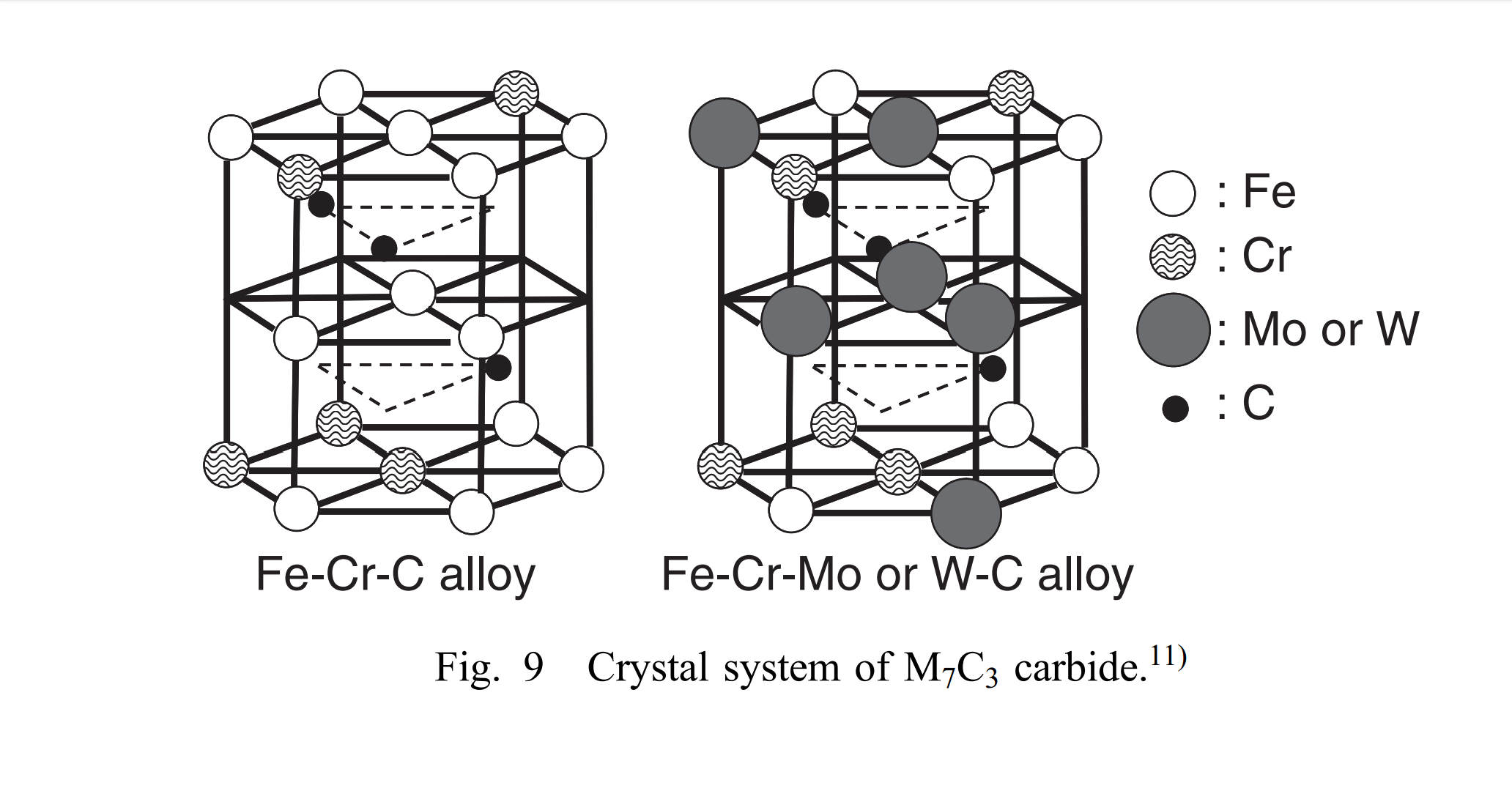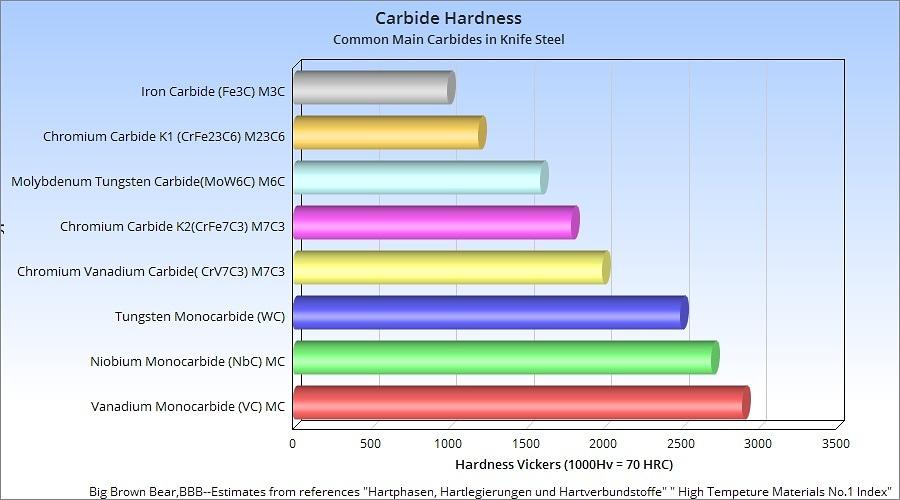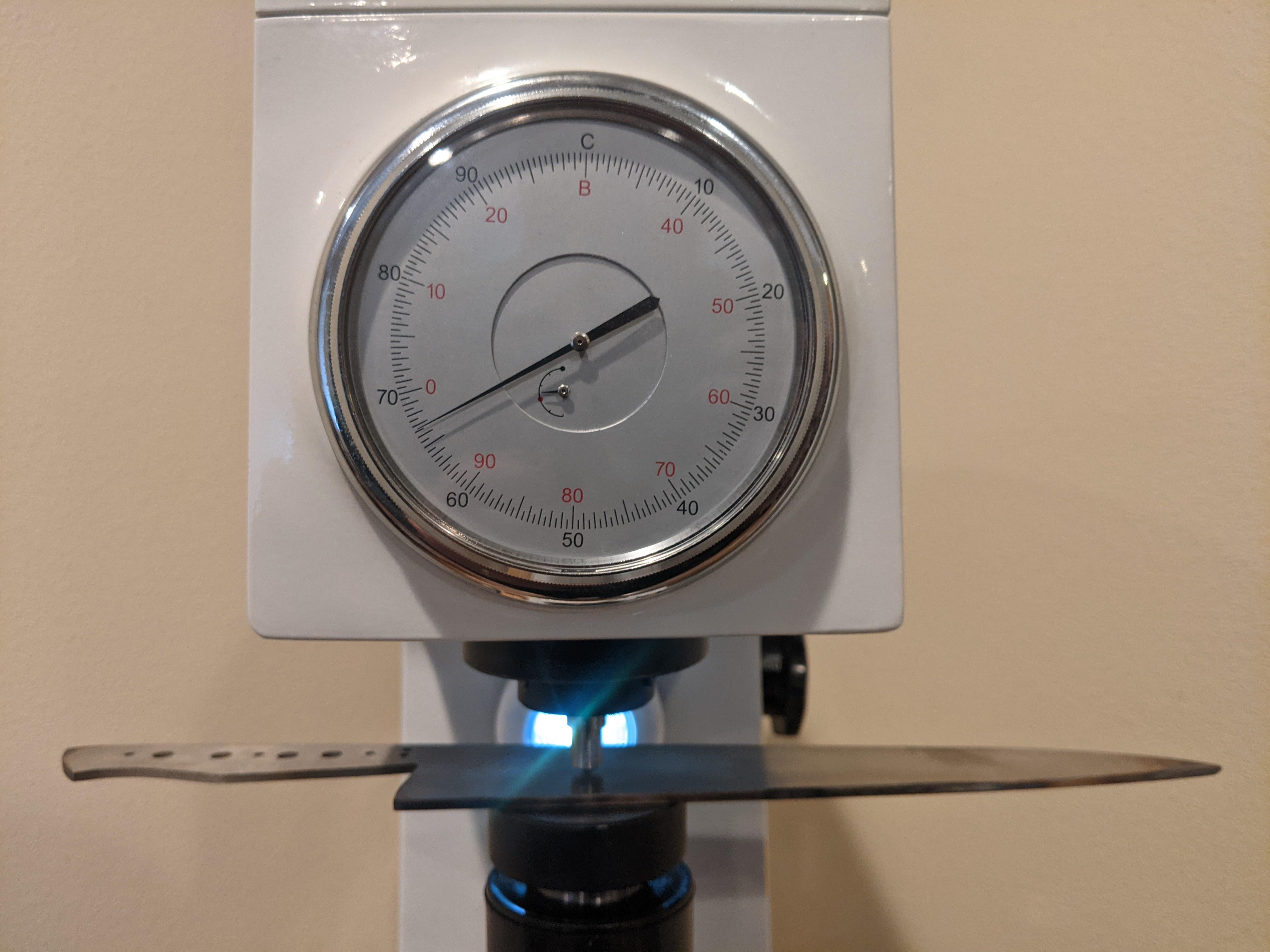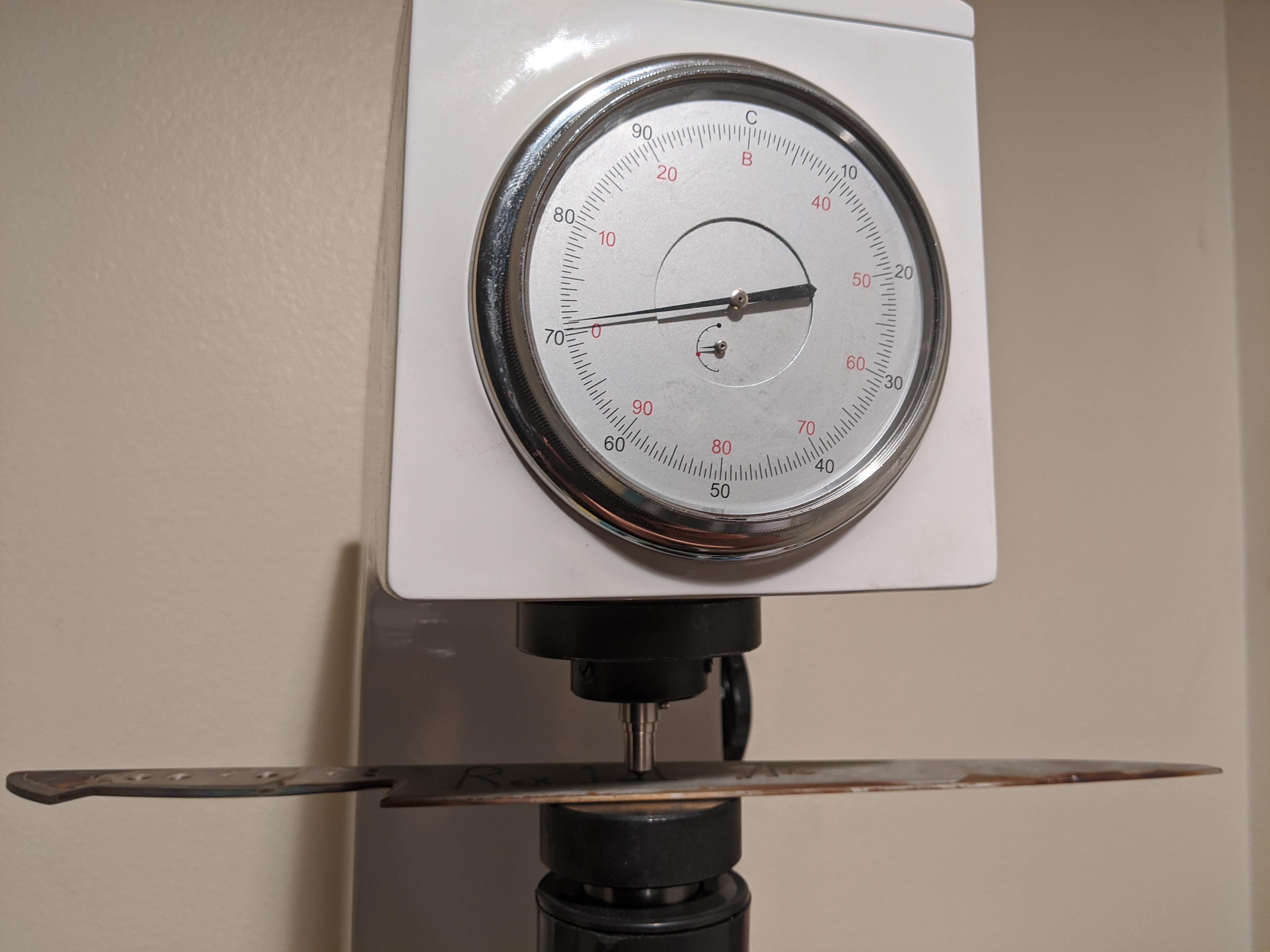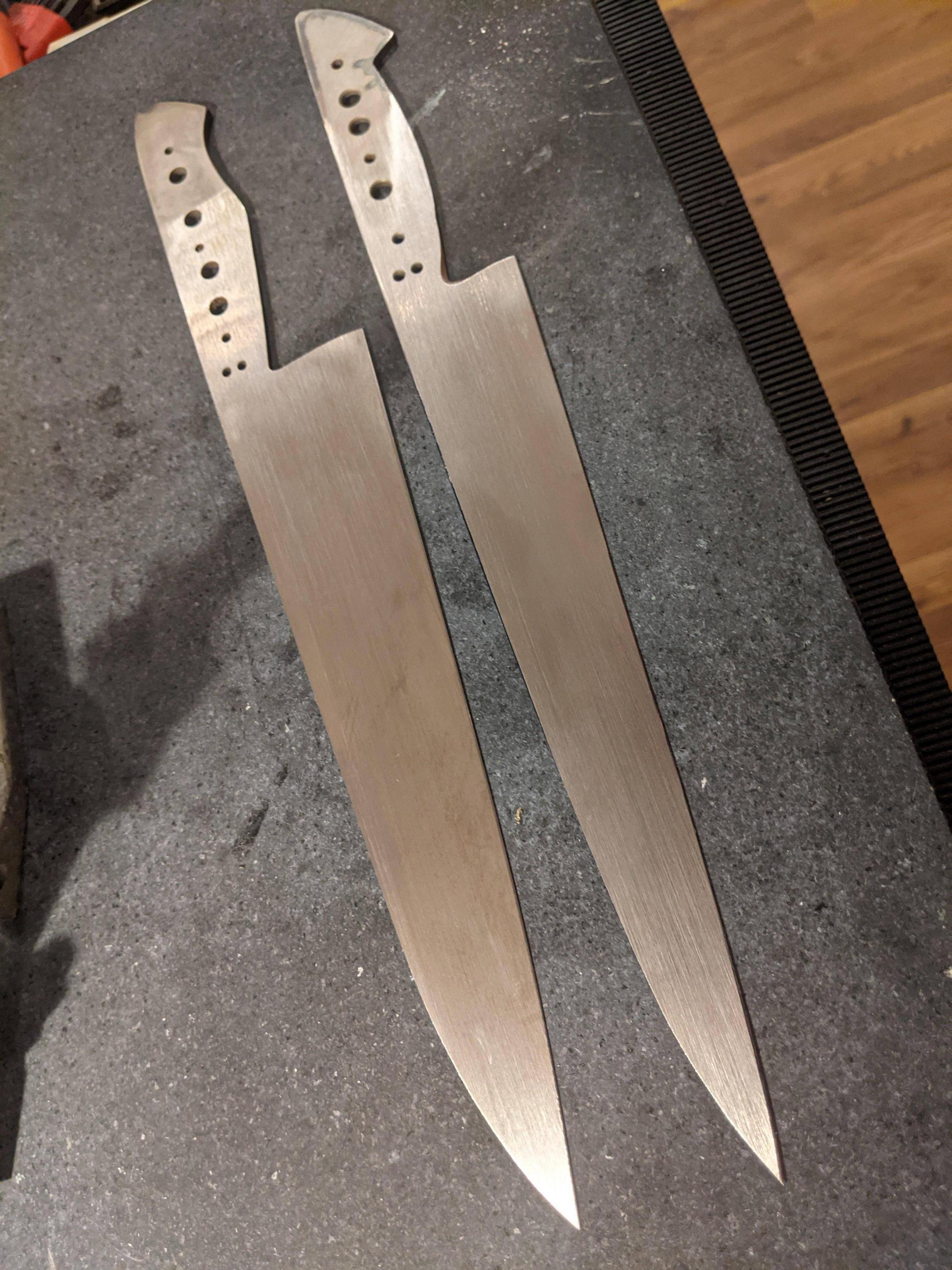- Joined
- Oct 17, 2017
- Messages
- 292
- Reaction score
- 1,855
I hope my post will help the topicstarter.
Due to my occupation, I have to sharpen various steels, including modern monsters among steels, such as Rex121 and K390. In this case, I use a fairly simple set of stones.
An excellent fast working stone from a local Russian manufacturer (I don't know if I can give a link to the site) at 600grit, then Shapton Pro 1000, 2000, 5000, followed by a natural stone of 10000grit. Of course, natural stone almost does not work with high-alloy steels, but nevertheless, the nature of the knife cut after it changes noticeably for the better.
Perhaps my method works because I am sharpening a thin cutting edge, typically about 0.1mm thick, due to the small contact between the steel and the grindstone.
I also recommend going to the official website of Venev diamonds, there stones in the size 200/83/10 cost $ 50- $ 65 and the grain size is indicated in microns, which avoids confusion with the grain size by different standards. I also have two small Venev diamond stones, about which I can only say good things, but I do not use them when sharpening "monsters" as diamonds work much harder than ordinary stones.
Due to my occupation, I have to sharpen various steels, including modern monsters among steels, such as Rex121 and K390. In this case, I use a fairly simple set of stones.
An excellent fast working stone from a local Russian manufacturer (I don't know if I can give a link to the site) at 600grit, then Shapton Pro 1000, 2000, 5000, followed by a natural stone of 10000grit. Of course, natural stone almost does not work with high-alloy steels, but nevertheless, the nature of the knife cut after it changes noticeably for the better.
Perhaps my method works because I am sharpening a thin cutting edge, typically about 0.1mm thick, due to the small contact between the steel and the grindstone.
I also recommend going to the official website of Venev diamonds, there stones in the size 200/83/10 cost $ 50- $ 65 and the grain size is indicated in microns, which avoids confusion with the grain size by different standards. I also have two small Venev diamond stones, about which I can only say good things, but I do not use them when sharpening "monsters" as diamonds work much harder than ordinary stones.





 .
.


